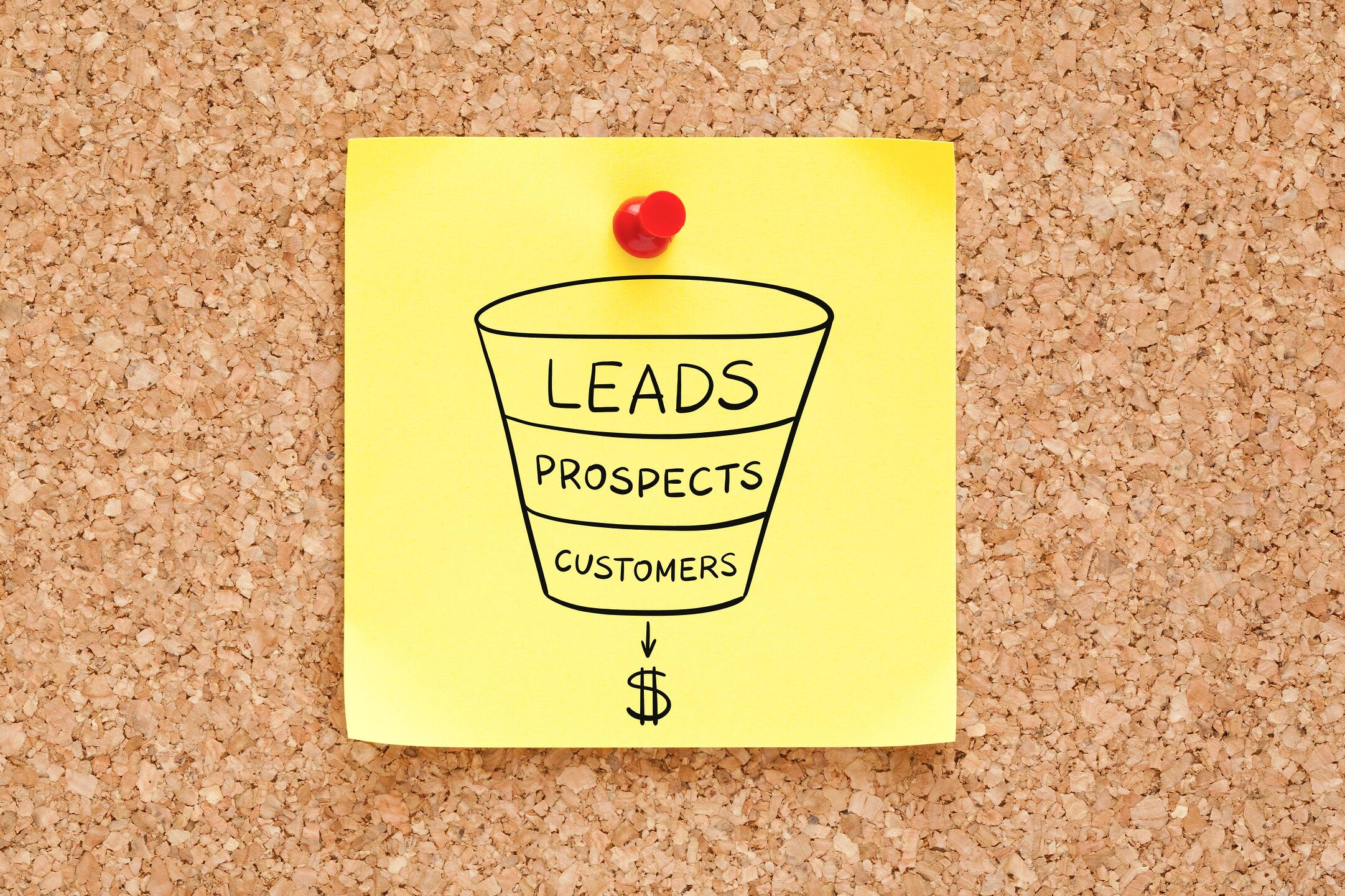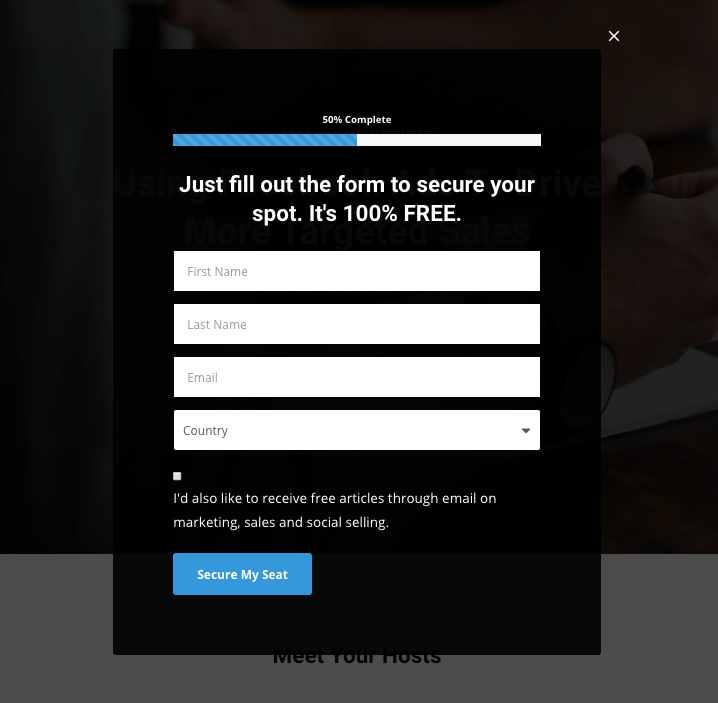What is lead generation? and why is it important?

Online dating is difficult. Believe me, I’ve learned that lesson the hard way.
It’s a minefield of actions and processes that eventually find you a suitable partner to take out on a date. To begin with, you make a nice profile of yourself with some flattering photos and an interesting little biography. You swipe right on some of the people you might be interested in seeing, and you wait to see if any of them swipe right on you.
Once you get a match, then the tricky bit starts.
What do you say?
Who makes the first move?
How do you break the ice?
And then a message pops into your inbox: “Hi, nice to meet you!”
The relief you feel is palpable because now you know that they’ve taken some interest in you.
This, in turn, makes it far easier to engage them in conversation – and ultimately arrange a date – because you know they’re interested and you don’t feel you have to give the prospective partner the ‘hard sell’ about yourself.
Now, you’ve probably read down this far, taken another look at the blog title ‘What is lead generation?’ and thought: “What on Earth is this guy blithering on about?”
But I think online dating quite neatly sums up the meaning of lead generation: you’ve given the lead (in this case, your potential date) some information that gets them interested (your profile) and they initiate the conversation rather than you.
Inside the lead generation process
So, to look at a similar process from a business perspective, lead generation with content marketing means offering content or information through your marketing channels that pique someone’s interest and gets them starting a conversation.
The ultimate goal is for them to want to volunteer their contact information – an email address or phone number – that you can then pass to your sales team.
Then, they can continue the conversation with people who are known to be actively interested in what you have to say, and hopefully, what you have to sell.
How you reach that goal can be achieved through all kinds of different means and channels, but a typical process using content marketing would look something like this:
Step 1: the expression of interest.
A potential customer comes across an article on your website’s blog or a post on one of your social media channels advertising a particular offer or piece of content.

They then click on the accompanying link – known as a ‘Call To Action’ or ‘CTA’ – and that then takes them to a specially prepared web page called a ‘landing page’.
Step 2: the road to the form.
Once they’re on the landing page, the potential customer can then access the piece of content they’re interested in, and often other pieces of relevant content, too.
These could be blogs, whitepapers, infographics, webinars, videos, interactive tools – virtually anything you can think of.
This landing page should also contain a form for collecting that person’s contact details in exchange for something.This could either be in exchange for access to the content they want to view (known as ‘gating’) or in exchange for an offer related to the content, like a free trial.

Step 3: let your sales team do the rest.
After you’ve received that information, you’ve not only generated a lead, but you’ve generated a lead that’s clearly interested enough in your product to go through all of the above.
Those leads can then be handed to your sales team, safe in the knowledge that they’re dealing with engaged parties.
Now, all this might sound like an overly complex way of getting high-quality leads, but its success and popularity within sales and marketing worldwide is clear.
For example, research house Forrester has found that 82% of purchasing consumers have viewed at least five pieces of content from the company they’re buying from prior to making that purchase.
It’s also worth remembering that there are other channels of contact that can be used in the same way for lead generation. Emails, for example, are a common tactic for engaging people into becoming leads, in ways that don’t venture into the realms of spam.
Why lead generation is important
There’s a whole bunch of reasons why lead generation is important for pretty much any business that’s selling anything. For a start, it makes the operations of your sales team vastly more efficient.
Any qualified leads they’re handed are already known to be interested in buying at least, making the job of completing deals far easier and preventing them from wasting time with ‘cold’ leads.
Connected to this, if your lead generation strategies are successful, sales teams no longer have to do any cold calling or emailing that might annoy the public and cause ill-feeling about your brand.
The last thing any enterprise needs is a reputation for harassing people, either by email or over the phone.
But perhaps more importantly, when used as part of a wider lead development and management strategy, lead generation maximises the possibility of sales from each and every lead – even those that seem to be lost causes. In our experience, as many as 40% of leads reported as dead are still very much live possibilities.
That’s where the value of a well-defined development system comes into its own, recovering the right leads at the right times with the right content and engagement.
If only the same kind of lead generation services existed for online dating – if they did, I might be heading out on Friday night instead of staying in…
At Creation Agency, our experience in every area of lead development can help you turn customer curiosity into sales success, whatever your business.
Find out more on what we do and how we do it here.